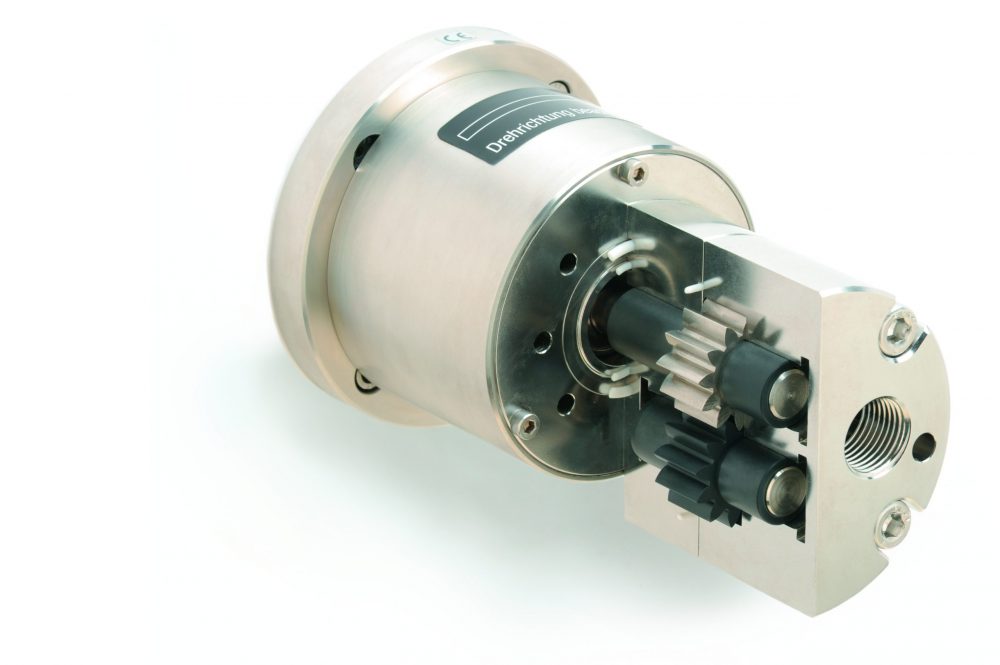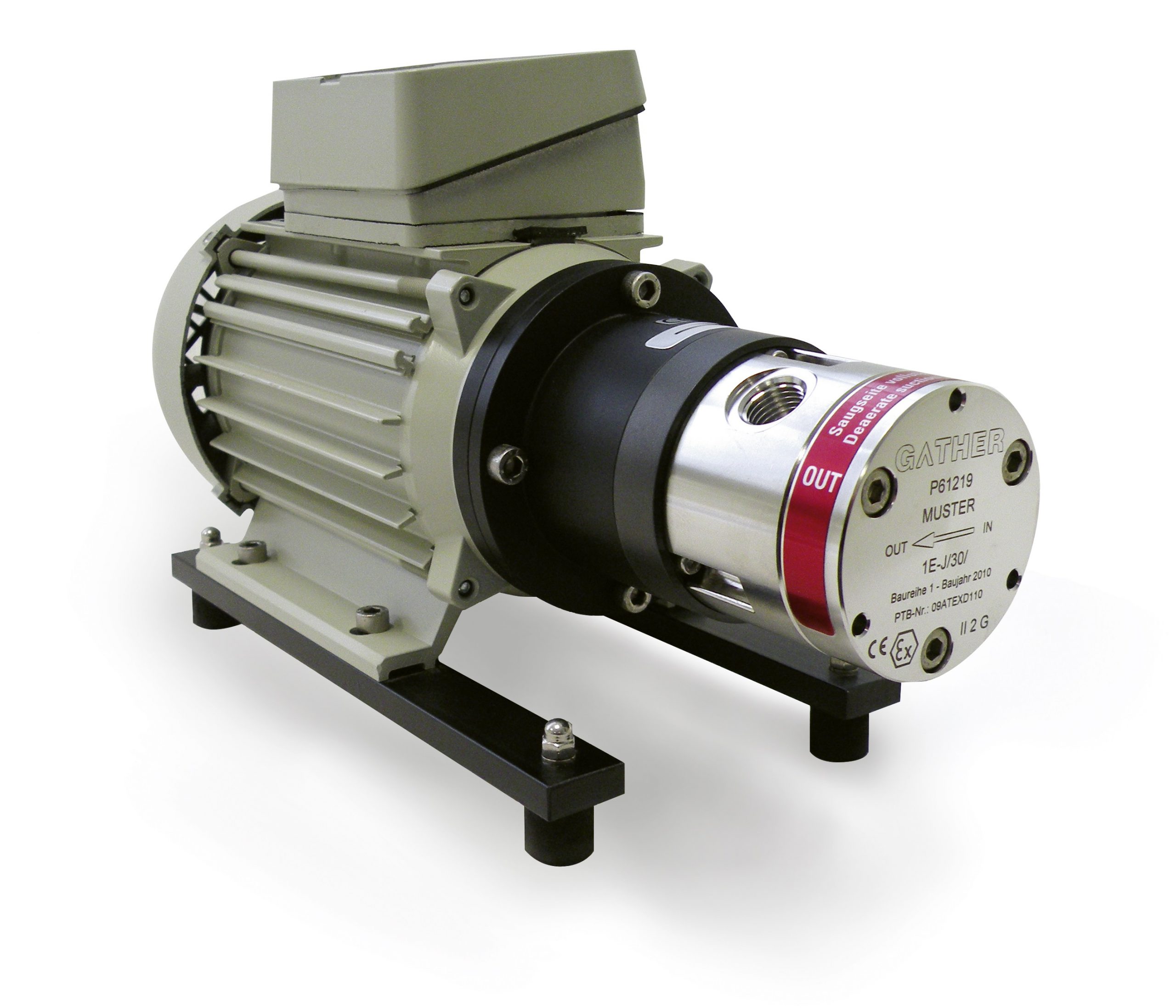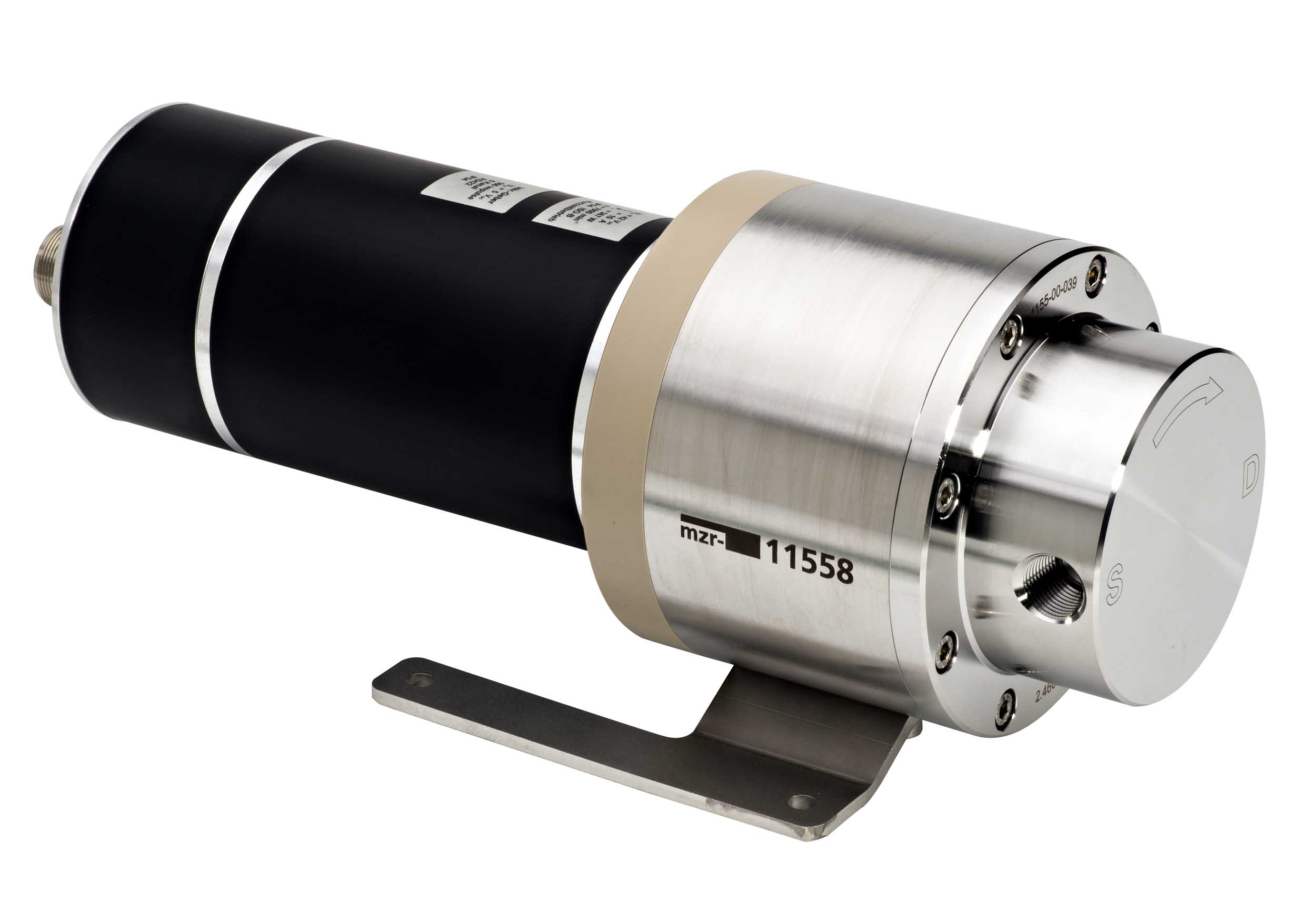Which pump do you choose for cryogens?
Pumping cryogenic gases is no easy task. To liquefy this type of substances, the temperature must be lowered, and the system pressure increased. Cryogenic liquids are therefore different from “normal” liquids. Because they are processed at an extremely high system pressure, from 50 to 200 bar or more, and an extremely low temperature up to –200 °C. The viscosity is also extremely low (> 0.1 mPas); about a tenth of water. It is mainly the combination of these physical properties that makes it difficult.
For the pulsation-free pumping of cryogenic gases, depending on the desired differential pressure, both gear and turbine pumps are the perfect solution for these challenging applications.
The (shaft) sealing of the pump requires special attention. This is very difficult due to the extreme system pressure and temperature. A normal shaft seal (such as gasket, lip seal, mechanical seal, etc.) is virtually impossible, because it is blown out of the pump by the extreme pressure difference inside and outside the pump.
Pumping cryogenic gases is no easy task. To liquefy this type of substances, the temperature must be lowered, and the system pressure increased. Cryogenic liquids are therefore different from “normal” liquids. Because they are processed at an extremely high system pressure, from 50 to 200 bar or more, and an extremely low temperature up to –200 °C. The viscosity is also extremely low (> 0.1 mPas); about a tenth of water. It is mainly the combination of these physical properties that makes it difficult.
For the pulsation-free pumping of cryogenic gases, depending on the desired differential pressure, both gear and turbine pumps are the perfect solution for these challenging applications.
The (shaft) sealing of the pump requires special attention. This is very difficult due to the extreme system pressure and temperature. A normal shaft seal (such as gasket, lip seal, mechanical seal, etc.) is virtually impossible, because it is blown out of the pump by the extreme pressure difference inside and outside the pump.



